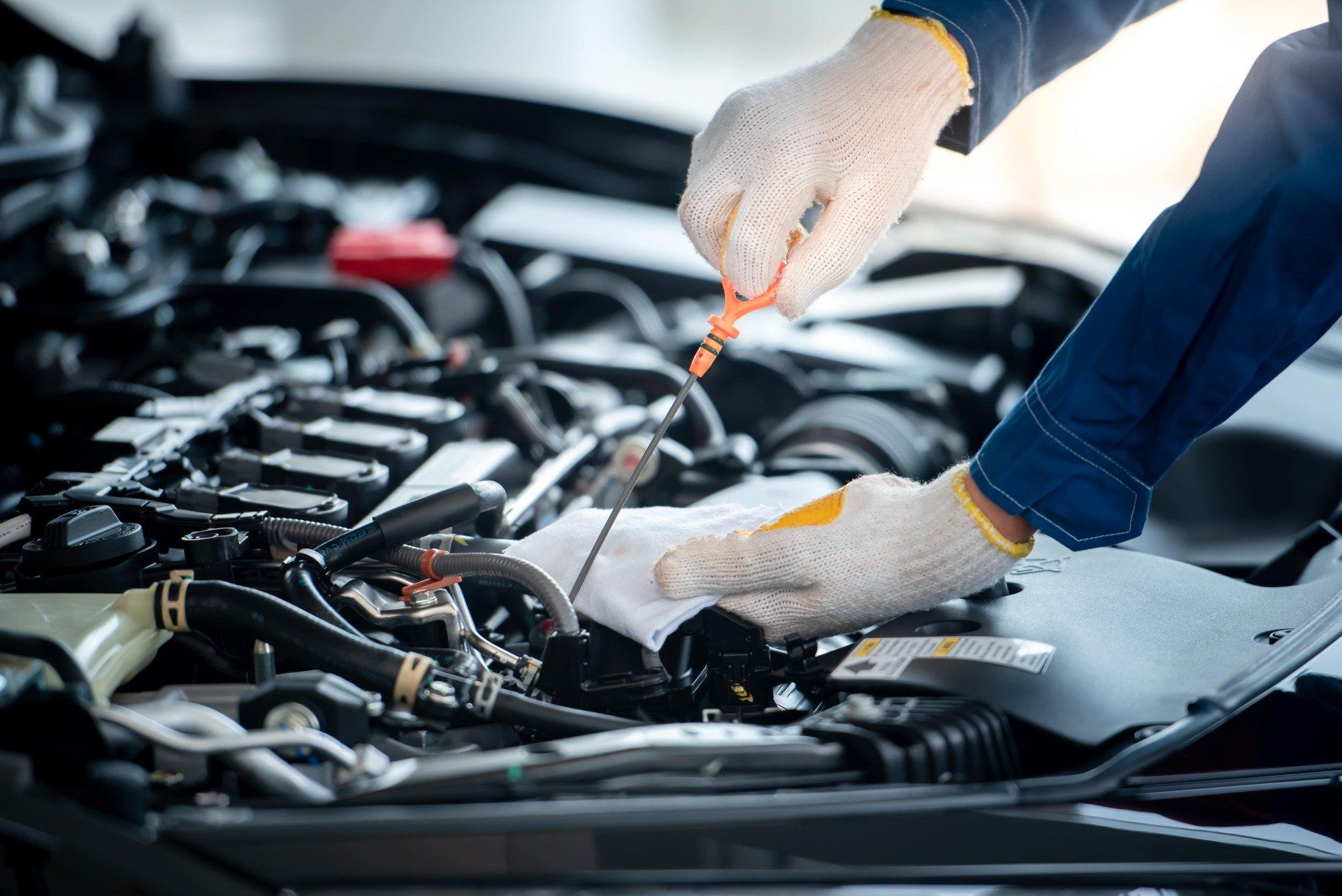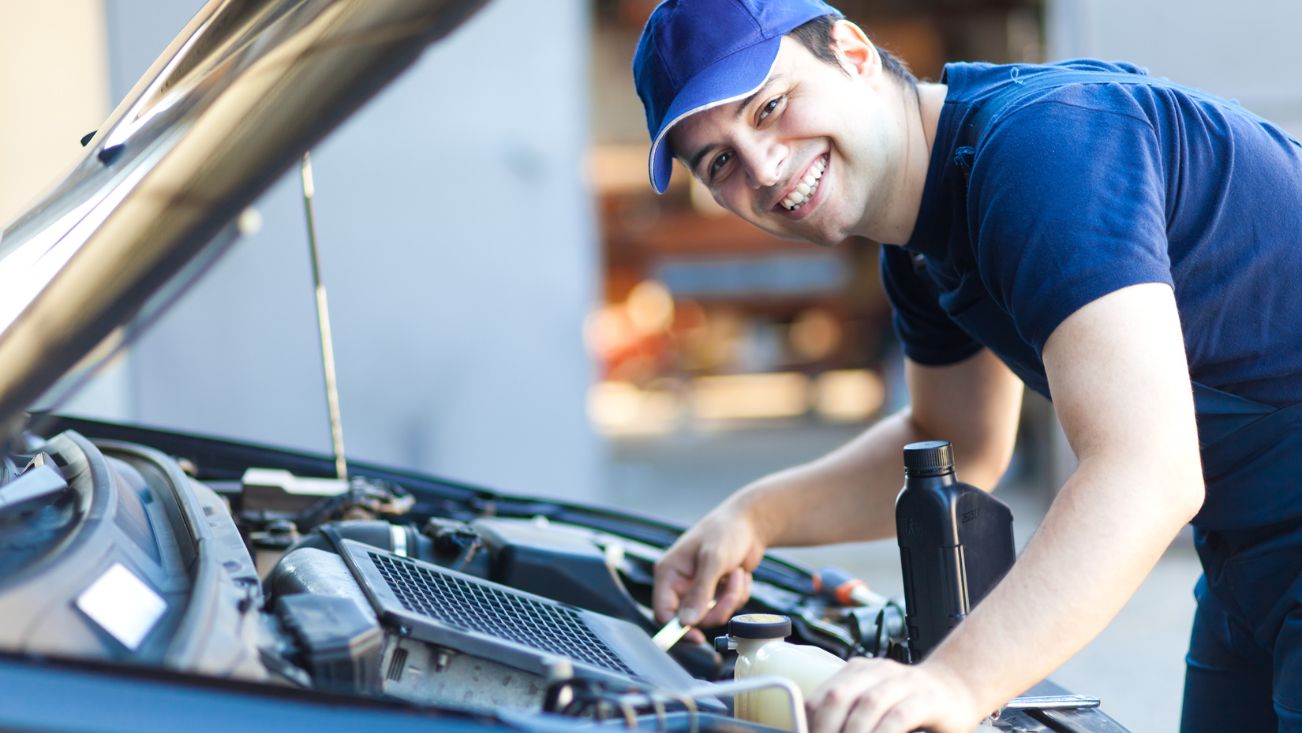All Categories
Featured
Your car's brakes are just one of one of the most essential elements in guaranteeing your safety and the security of others when driving. Routine brake inspections are essential to preserving optimal stopping performance and avoiding expensive repairs. Whether you're a skilled vehicle owner or a brand-new vehicle driver, understanding brake assessment standards can aid you remain aggressive about upkeep and guarantee your car is constantly roadworthy.
- Why Brake Inspections Matter. Brakes are subject to constant damage. The more you drive, the extra friction your brake pads endure, at some point bring about reduced braking performance. Without appropriate evaluation, it's challenging to determine when your brakes may be in need of repair service. Normal brake checks aid recognize problems early, avoiding possible failings that could place you in jeopardy.
A well-maintained brake system ensures quick, receptive stopping power, particularly in emergency situations. It also assists prolong the life of your automobile, as neglecting brake maintenance can bring about much more severe, costly problems later on.
- Indicators You Required a Brake Examination. While it's essential to have your brakes evaluated occasionally, particular signs may show that they require focus. Watch (and ear) out for these caution signals:
Squeaking or Grinding Sounds: Unusual sounds, especially a high-pitched screech or grinding noise, often mean that your brake pads are worn down. Vibration or Pulsation: If you feel resonances or a pulsing feeling when pushing the brake pedal, it could be an indicator of warped blades or uneven brake pad wear. Reduced Brake Responsiveness: If your brakes really feel much less responsive or you have to press the pedal harder to decrease, it may show air in the brake lines or low brake liquid. Drawing to One Side: If your vehicle pulls away when stopping, it might mean irregular brake pad wear or a brake fluid leak. Dashboard Caution Lights: Some cars have brake-related warning lights that suggest issues like reduced brake fluid or worn brake parts. If you discover any of these signs, it's vital to have a professional mechanic perform a brake inspection as soon as possible.

- What Occurs During a Brake Assessment? During a brake examination, an auto mechanic will check numerous crucial components of the stopping system to make certain everything is in functioning order. Right here's what you can expect during the process:
Brake Pads and Shoes: The auto mechanic will certainly examine the density of the brake pads or footwear. If they're too thin, they'll require to be replaced. Brake Rotors: Blades are the discs that the brake pads press versus to reduce your car down. They'll be looked for any kind of signs of wear, racking up, or bending. Brake Liquid: Reduced or contaminated brake fluid can hinder braking performance. The specialist will certainly check the liquid level and top quality and leading it up or purge it if necessary. Brake Lines and Tubes: Brake lines lug fluid from the master cylinder to the brakes. The mechanic will certainly look for any kind of leaks, fractures, or damage to ensure appropriate liquid circulation. Brake Calipers and Wheel Cylinders: Calipers and wheel cylinders press the brake pads versus the blades or drums. The service technician will certainly inspect for wear, leakages, and proper operation. 4. How Often Should You Have Your Brakes Inspected? The regularity of brake inspections depends upon factors like your driving habits, the kind of lorry you drive, and the environment in which you drive. As a basic guideline, it's an excellent idea to have your brakes checked every 12,000 miles or as soon as a year. If you experience any of the warning signs discussed previously, it's essential to obtain your brakes inspected instantly.
For those who frequently drive in hefty traffic, mountainous surface, or rough weather, more constant assessments might be required.
- Significance of Timely Brake Services. When you spot an issue with your brakes, it's necessary to address it as soon as possible. Delaying brake repairs can bring about more significant damage to your stopping system, causing higher repair service prices. In severe situations, disregarding brake concerns can cause finish brake failure, which is a major safety and security danger.
By remaining on top of brake maintenance and dealing with problems promptly, you guarantee that your brakes continue to perform as planned, maintaining you and your passengers risk-free when driving.
Conclusion: Keep Your Brakes in Top Shape. Brake examinations are an easy yet essential part of automobile upkeep. By recognizing the significance of regular inspections, recognizing the signs of brake problems, and remaining aggressive with repair services, you can ensure your vehicle's stopping system stays in optimum problem.
Latest Posts
Don’t Miss Exclusive Auto Repair Offers in Chicago at Montclare Auto Repair
Improve Your Home's Exterior with Weathercraft's House siding Solutions
Safeguard Your Financial Investment with Professional Rain Gutter Installation
More
Latest Posts
Don’t Miss Exclusive Auto Repair Offers in Chicago at Montclare Auto Repair
Improve Your Home's Exterior with Weathercraft's House siding Solutions
Safeguard Your Financial Investment with Professional Rain Gutter Installation
